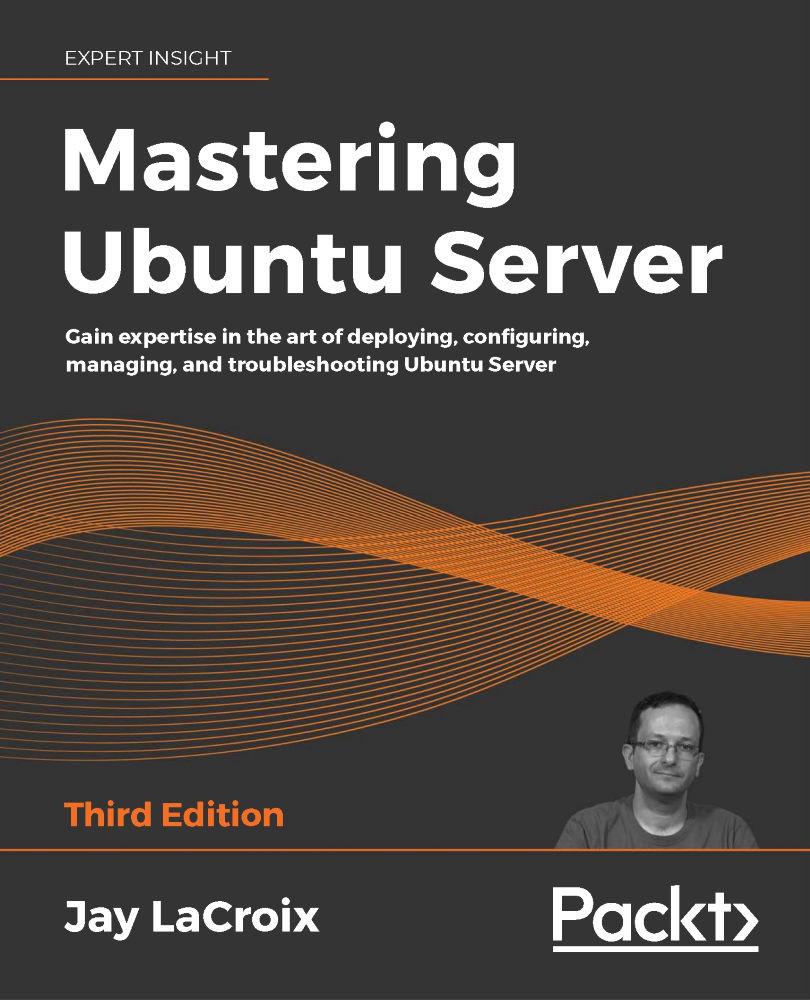Understanding Bash history
Speaking of history, let's dive right into that concept. By default, Bash keeps track of all the commands you enter during your sessions, so that if you need to recall a previously entered command, you can definitely do so. History also serves another purpose, and that is seeing what other users have been up to. However, since users can edit their own history to cover their tracks, it's not always useful for that purpose.
You may have already seen Bash's history feature in some form, if you've ever pressed the up and down arrows on the shell to recall a previously used command. If you didn't already know you can do that, go ahead and give it a try. You should see that by pressing the up and down arrows, you can cycle through commands that you've used previously.
Another trick is that you can also simply type history in the shell and see a list of previously entered commands, as shown in Figure 6.2:

Figure 6...










































































